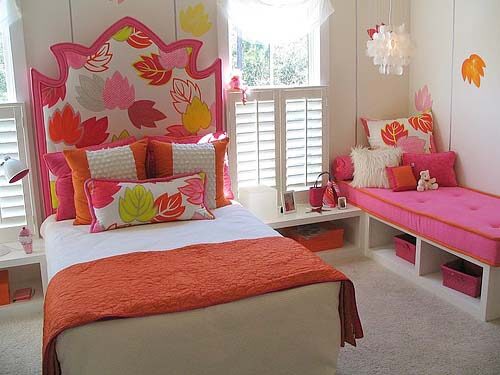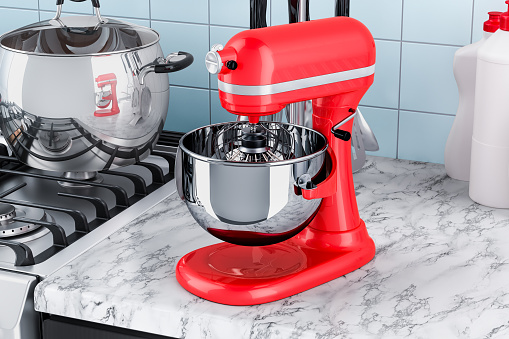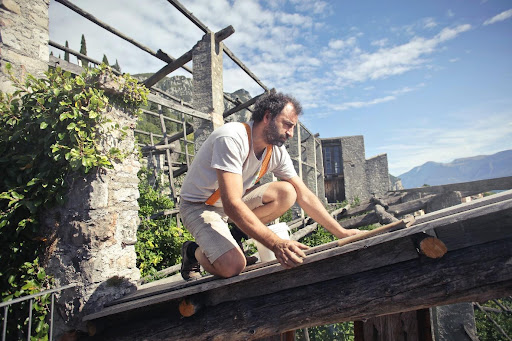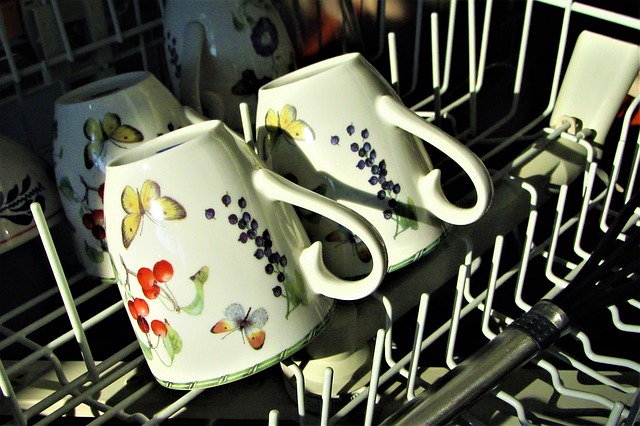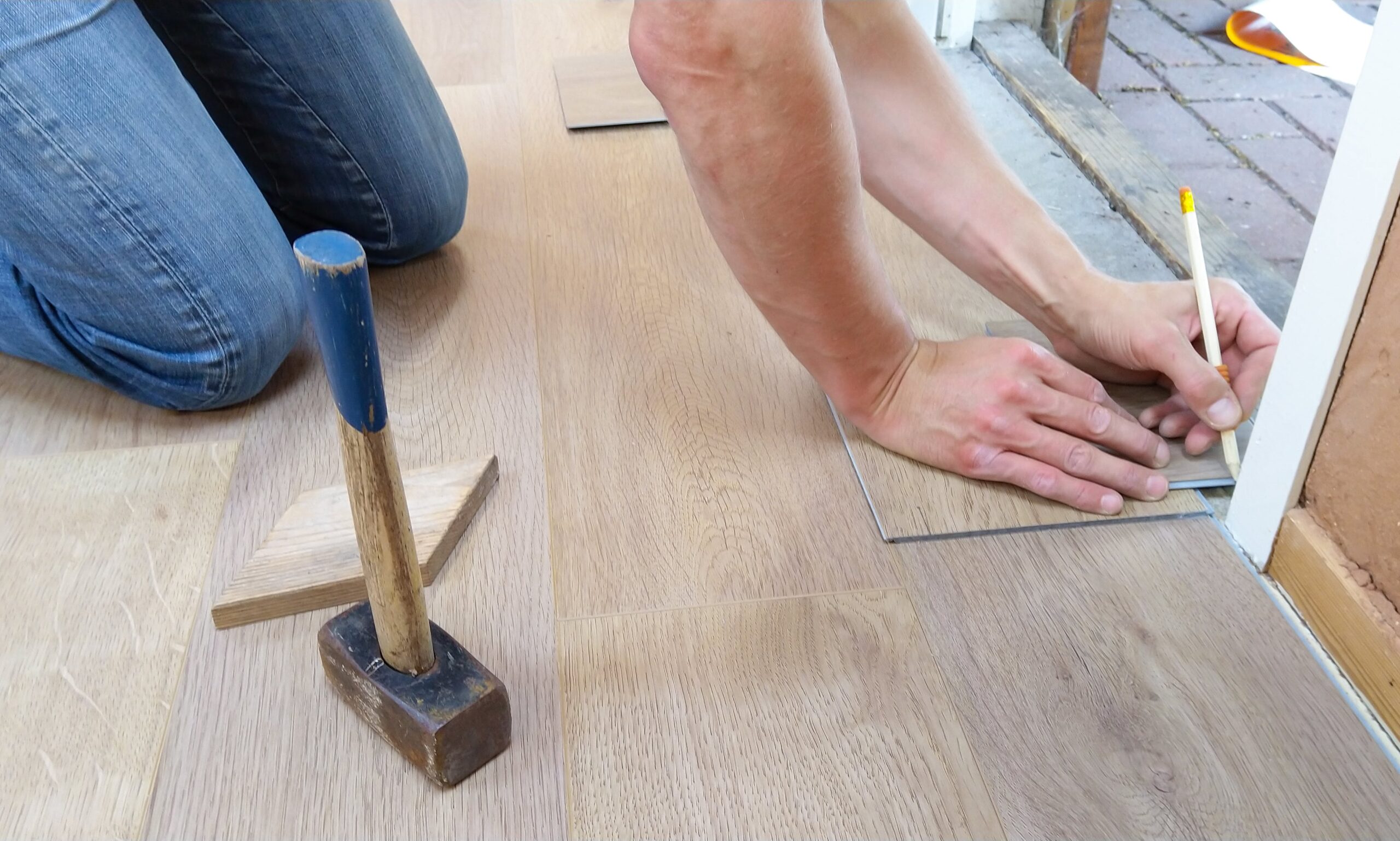Flooring Options For Your Kitchen

The kitchen holds a lot of meaning for many people because of the memories shared in this place. When renovating such a space, there are many considerations that one should sort out, especially with the flooring since it covers most of the area.
If you're renovating the entire kitchen, flooring should represent about 7% of the total expense. It is best to do it early in the process; while painting your kitchen walls, flooring and cabinets should come before countertops, appliances, and backsplashes.
Even though these may be doable on your own, hiring a professional flooring contractor to finish the work correctly is always wise. Here are some flooring options for your next flooring project:
Concrete
Although concrete flooring may appear rough for a cozy room, it is a remarkably durable option for your kitchen. You can make it look like wood, stone, or tile by staining it, and you can even apply a sealant to make it almost totally waterproof. However, mats are still highly advisable in areas with a lot of moisture, such as near the dishwasher or sink. One of the significant benefits of concrete is its cost; it is a considerably less expensive alternative.
Laminate
Laminate flooring has often been a cheaper alternative to hardwood. It can imitate the appearance of hardwood at a lesser cost than vinyl. It is not usually waterproof, though waterproof variants are also available. Laminate flooring is an attractive option for DIY installation since you can bond the planks down, allowing you to install them over an uneven subfloor.
Tile
Tile is a popular choice for areas with high exposure to moisture, such as kitchens and baths. For kitchen flooring, porcelain, stone, and ceramic tile are all popular selections. Available in many colors and sizes, you can place them in various designs to suit almost any aesthetic motif. They are highly durable, but you may need to release the grout from time to time to keep it stain-resistant. When it comes to tile flooring, a do-it-yourself approach is not advisable.
Porcelain and ceramic tiles are comparable in appearance, but the latter is more durable. Both are resilient to damage, and the dishes that fall on them are prone to breaking due to their toughness. Porcelain is also watertight and easily cleaned. Meanwhile, tile is slippery, and grout can stain, so you must clean any spills as soon as possible.
Stone tile is more costly than ceramic and porcelain tile, and it also needs more maintenance. It may be as robust as other varieties with adequate care, and its porous surface makes it more likely to be non-slip. Marble, travertine, granite, and slate are stone tiles used in flooring that you may consider for your project.
Vinyl
Vinyl flooring is experiencing a rebirth in recent times of technological advancements. Engineered vinyl flooring with the appearance of hardwood and stone is now accessible in tiles and slabs. It's entirely waterproof, has a bouncy sensation underfoot, is easy to maintain, and is among the top solutions for DIY kitchen flooring.
Use a fire-rated floor hatch to integrate a space below your floor that you can utilize for many things, including storage. Since these installations typically can match the material, such as vinyl, you can place them in the optimal location while having the panel concealed.
However, vinyl flooring is softer than other alternatives. If you're relocating or upgrading objects in the kitchen, use them with caution because large equipment can damage or scratch them.
Wood
Hardwood remains a typical choice for kitchen flooring, despite being one of the more traditional options. Robust hardwoods with the proper finish are water-resistant, despite not being waterproof. To prevent damage, you need to clean spills right away.
You can refinish your hardwood floors to refresh their appearance, which is particularly useful if you're planning a modest kitchen makeover and don't want to replace the whole area to suit the new look. You can also place your hardwood flooring in various designs and patterns like tile flooring. Recycled, reclaimed, and eco-friendly hardwood is attracting a lot of attention.
Cork
Cork is a brilliant addition to the market for kitchen flooring, and it's another inexpensive DIY alternative. You can buy cork flooring that looks like tiles or planks as a glue-down, peel-and-stick, or snap-together installation. Unlike most other types of flooring, cork does not feel chilly to the skin and has a soft, springy sensation, making it an excellent sound absorber.
Cork flooring comes in various brown and gray tones. Its material comes from ground-up cork blended with resins. It's stain-resistant but not waterproof, so you should clean spills quickly before they seep in. You can sand it down and repair it with a sealant if it becomes stained. Heavy equipment can dent the floor, but it has the potential to spring back over time. It can also bleach in direct sunlight, so it's best to keep the curtains closed during the hottest part of the day.
Takeaway
Whenever you find yourself in doubt because you are seeking more information or feel overwhelmed by the many choices there are, you can seek the help of a reputable professional to ease your doubts and worries. Lastly, if you attempt a DIY without the knowledge and skills, you might end up with a costly mistake, so if you genuinely seek a better choice, work with an expert instead.
